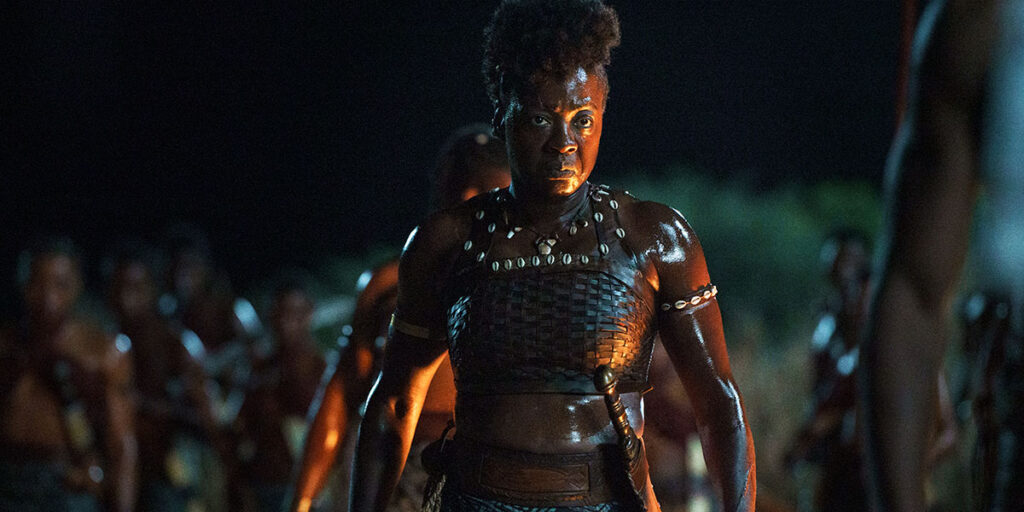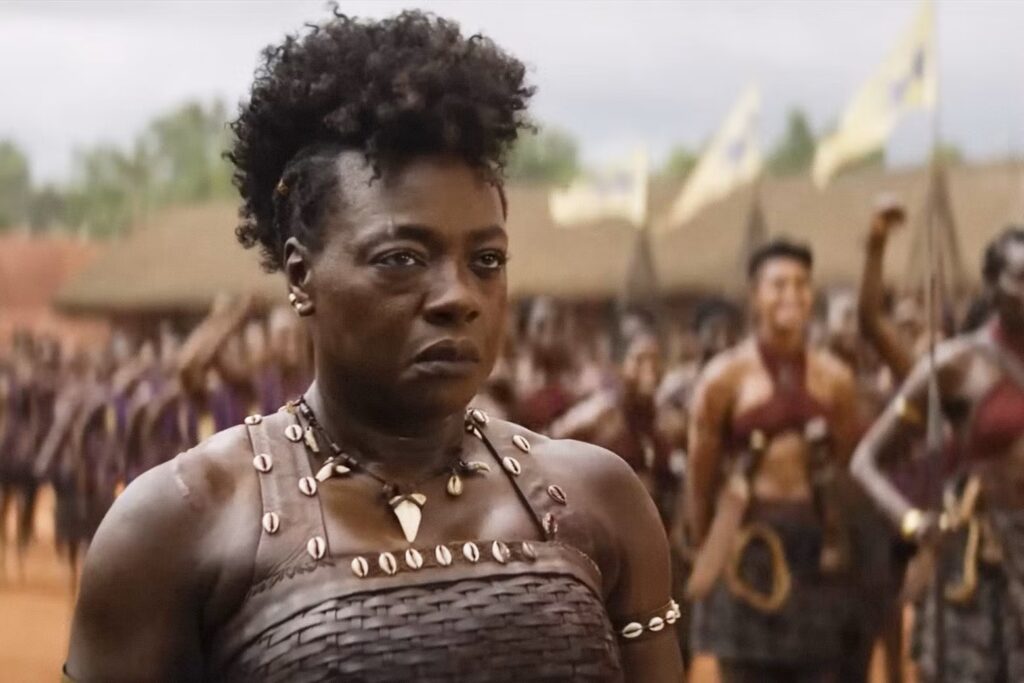When you see these numbers it shows the difficult road women of color directors have ahead of them, but at least we have some numbers to looks at. Dr. Stacy Smith and Marc Choueiti recently released a report “Black Characters in Popular Film: Is the Key to Diversifying Cinematic Content held in the Hand of the Black Director?” and there are a couple of interesting points in the report.
The report tracked the 100 top grossing films of 2008.
First, it’s difficult for all African-American directors but is particularly difficult for African American women. Only a single woman — Gina Prince-Bythewood who directed The Secret Life of Bees made the list of top grossing films of the year. Sadly, that single representative is actually an improvement over 2007 where there were no African American women represented.
Four men make the list (not great, but better than women with Tyler Perry directed two films.) The other men are: George C. Wolfe, Malcolm D. Lee, Jenkins and David E. Talbert.
Another point to note is that when there is an African American director there are more African American roles. In the films directed by African Americans, 62.6 percent of the roles were African American. In films where the director is white, only 10.9 percent of the roles are African American. So black people are allowed to direct films about black people and just like women are allowed to direct films about women.
From the report:
A similar but less pronounced difference has been documented with women directors and the percentage of female characters on-screen. One key to a representational sea change in film may be held in the hand of those at the helm of direction. Studio executives may grasp another key. Ensuring that people of color and women are considered when hiring directors for a range of studio-driven properties, rather than simply tapping the same pool of directorial talent or relegating minority directors to certain types of story lines, may also ensure greater diversity on-screen.
Lastly, African American women are highly sexualized in films. The data speaks for itself. (SRC is sexually revealing clothing) Women are highly sexualized in all films.
Black Characters in Popular Film: Is the Key to Diversifying Cinematic Content held in the Hand of the Black Director?
The Image of Black Women in Media: What do You See? (LA Watts Times)







